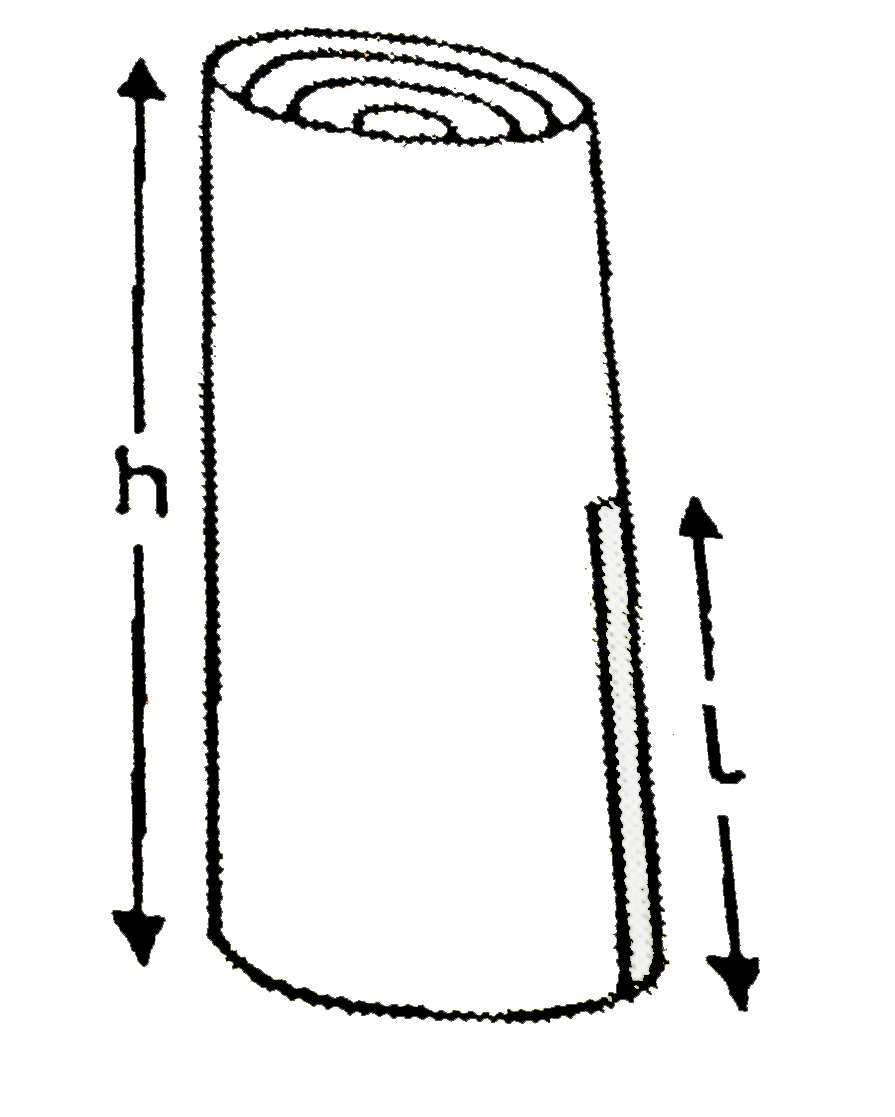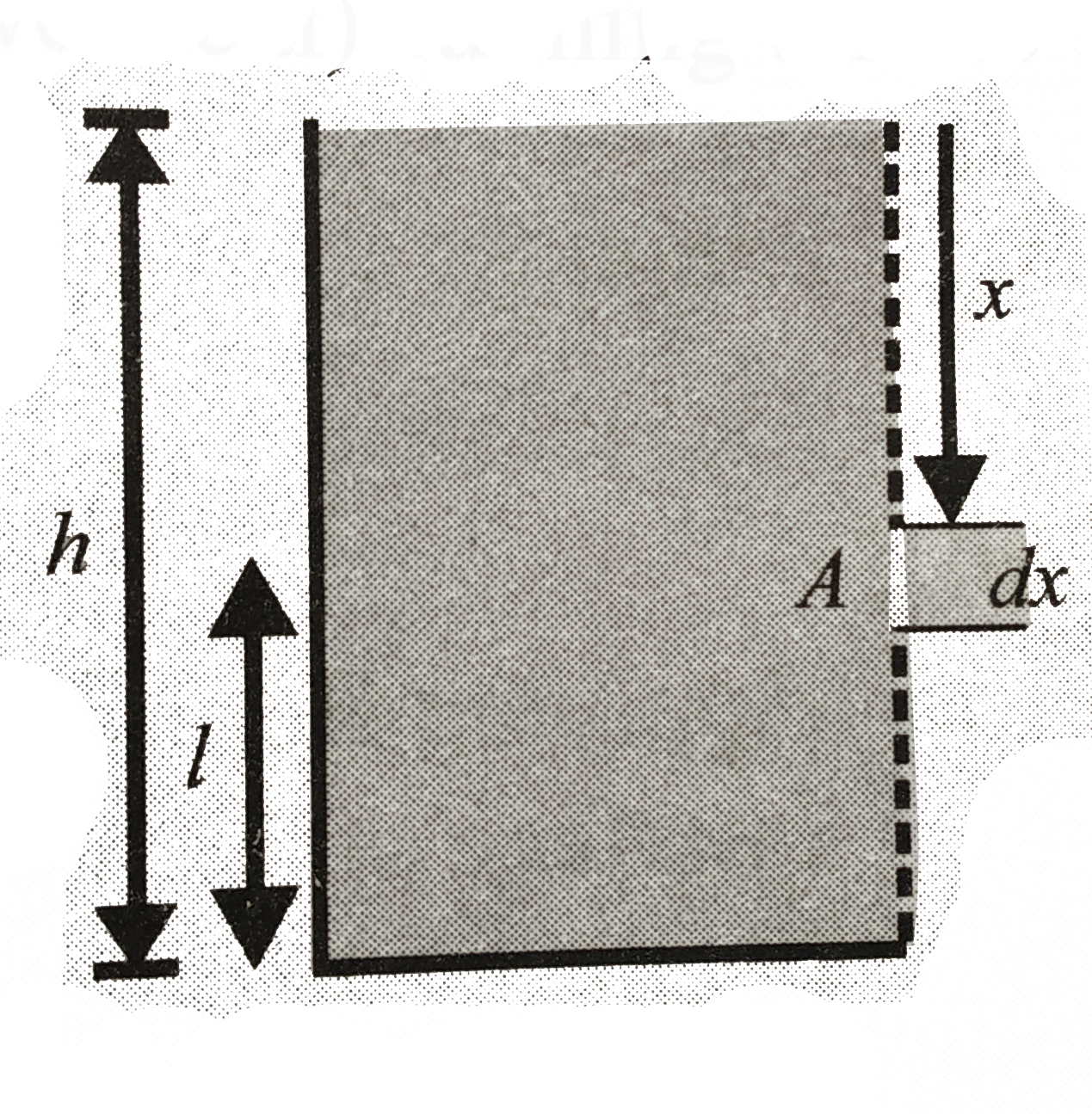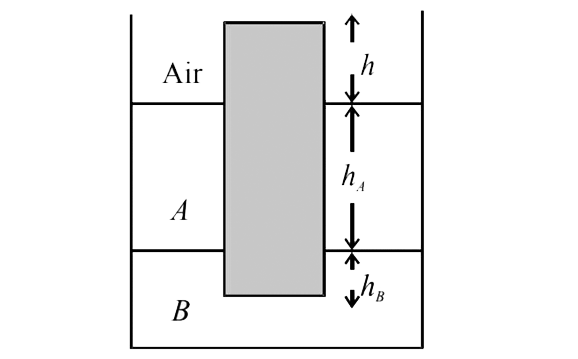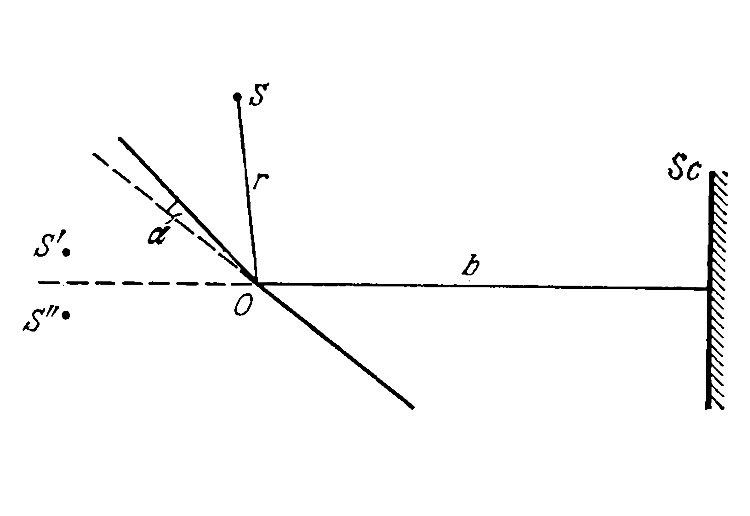A cylinder of height h = 1 m has a narrow vertical slit along its wall running up to a length l = 40 cm from the bottom. The width of the slit b = 1 mm. The cylinder is filled with water with the slit closed. Find the force experienced by the vessel immediately after then slit is opened?

Step by step video & image solution for A cylinder of height h = 1 m has a narrow vertical slit along its wall running up to a length l = 40 cm from the bottom. The width of the slit b = 1 mm. The cylinder is filled with water with the slit closed. Find the force experienced by the vessel immediately after then slit is opened? by Physics experts to help you in doubts & scoring excellent marks in Class 11 exams.
Topper's Solved these Questions
Similar Questions
The side wall of a wide vertical vessel of height h=75cm a narrow slit (vertical) running all the way down to the bottom of the vessel.
The length of the slit is l=50cm and the width is b=1mm. With the slit closed, water is filled to the top. Find the resultant reaction force of water coming out as the slit is opened. brgt View Solution
View SolutionA cylinder has a radius 20 cm. To what height should it be filled with water so that thrust in its walls is equal to that on its bottom? Find the mass of water filled in cylinder.
View Solution
Knowledge Check
- Question 1 - Select One
A cylinder of height 20m is completely filled with water. The velocity of effux of water (∈ms−1) through a small hole on the side wall of the cylinder near its bottom is
A10B20C25.5D5
A palne monochromatic ligth wave falls normally on a long rectangular slit behind which a screen is positioned at a distance b=60cm. First the width of the slit has adjucted so that in the middle of the diffraction pattern the lowest minimum was observed. After widening the slit by Δh0.70mm, the next minimum was obtained in the centre of the pattern. Find the wavelength of light.
View SolutionA uniform solid cylinder of density 0.8g/cm3 floats in equilibrium in a combination of two non-mixing liquids A and B with its axis vertical.
The densities of the liquids A and B are 0.7g/cm3 and 1.2g/cm3, respectively. The height of liquid A is hA=1.2cm. The length of the part of the cylinder immersed in liquid B is hB=0.8cm.

(a) Find the total force exerted by liquid A on the cylinder.
(b) Find h, the length of the part of the cylinder in air.
(c) The cylinder is depressed in such a way that its top surface is just below the upper surface of liquid A and is then released. Find the acceleration of the cylinder immediately after it is released.View SolutionA cylindrical vessel of height 500mm has an orifice (small hole) at its bottom. The orifice is initially closed and water is filled in it up to height H. Now the top is completely sealed with a cap and the orifice at the bottom is opened. Some water comes out from the orifice and the water level in the vessel becomes steady with height of water column being 200mm. Find the fall in height(in mm) of water level due to opening of the orifice.
[Take atmospheric pressure =1.0×105N/m2, density of water=1000kg//m^3andg=10m//s^2. Neglect any effect of surface tension.]View SolutionLight of wavelength 6×10−5 cm falls on screen at a distance of 100 cm from a narrow slit. Find the width of the slit if the first minima lies 1mm on either side of the central maximum
View SolutionCoherent light of wavelengthλ = 500 nm is sent through two narrow parallel slits in a large vertical wall. The two slits are 5 μm apart. In front of the wall there is a semi cylindrical screen with its hori- zontal axis at the line running on the wall parallel to the slits and midway between them. Radius of the cylin- drical screen is R = 2.0 m. Find the vertical height of the second order interference maxima from the centre (O) of the screen.
 View Solution
View SolutionIn Young's experiment , the distance of the screen from the two slits is 1.0 m . When a light of wavelength 6000 Å is allowed to fall on the slits , the width of the fringes obtained on the screen is 2.0 mm . Determine (a) the distance between the two slits and (b) the width of fringe if the wavelength of the incident light is 4800 Å.
View SolutionFigure. Illustrates the interference axperiment with Fresnel mirrors. The angle between the mirrors is α=12' the distance from the mirrors intersection line to the narrow slit S and the screen Sc are equal to r=10.0cm and b=130cm resoectively. the wavelength of light is λ=0.55μm. Find:
(a) the width of a fringe on the screen and the number of possible maxima,
(b) the shift of the interference pattern on the screen when the slit is displaced by ∂l=1.0mm along the are of radius r with centre at the point O,
(c) at what maximum width ∂max of the slit the interference fringes on the screen are still observed sufficiently sharp.
 View Solution
View Solution

